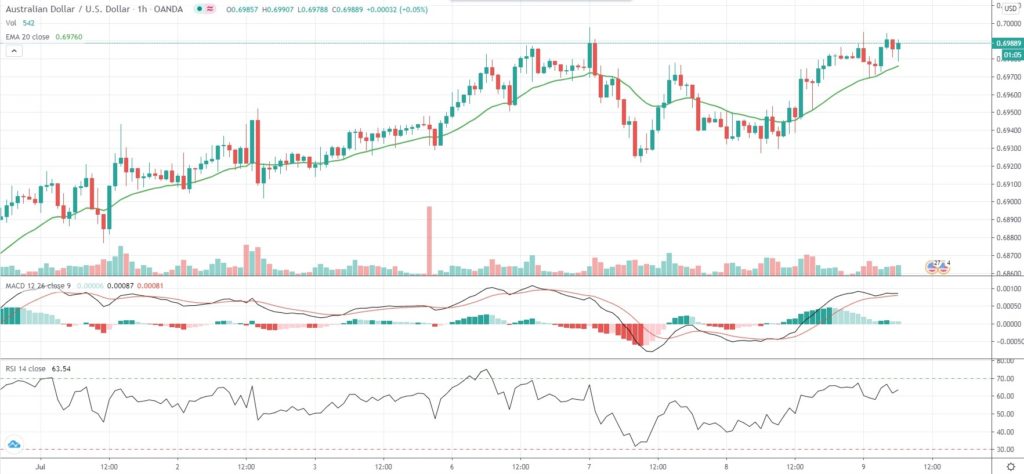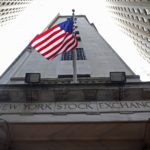AUD/USD held recent gains in early European trade on Thursday, with the pair changing hands just below the psychological 0.7000 mark, as it tracked a strong performance of US Equities, particularly within the technological sector.
The US Dollar lost some of its haven appeal and retreated to two-week lows on Wednesday, while the Nasdaq Composite Index registered a record closing high of 10,492.50, supporting risk-sensitive currencies such as the Aussie, even as new COVID-19 infections continued to surge across the globe.
“Rising stocks and a dip in Treasury yields are slight negatives for the dollar, but the market can’t move too far because we still have to worry about the virus,” Minori Uchida, head of global market research at MUFG Bank, said.
“A lot of major U.S. economic data have been positive, so this will be less of a trading factor going forward. People are looking for cues from stocks, yields, and hedging costs.”
Meanwhile, the new COVID-19 outbreak in Australia, which led to a lockdown of metropolitan Melbourne earlier this week, will probably curb an expected economic activity rebound during the current quarter and lead to more fiscal stimulus.
“With a spike of COVID-19 in Victoria seeing new mobility restrictions, there is now clear risk that stimulus is expanded more than we expect,” George Tharenou, an economist at UBS, said.
According to his latest projections, the federal government budget deficit may widen to AUD 193 billion during the fiscal year ending June 2021. Previously, Tharenou had forecast a budget deficit of AUD 137 billion.
Australia’s government is scheduled to release a budget update and new policy measures on July 23rd.
As of 6:54 GMT on Thursday AUD/USD was edging up 0.12% to trade at 0.6989, after touching an intraday high of 0.6995 during early Asian session, or a level not seen since July 7th (0.6998), also a one-month high. The major pair has gained 0.68% so far this week, following a 1.10% advance in the prior week.
On today’s economic calendar, at 12:30 GMT the US Labor Department will release its weekly report on jobless claims. The number of people in the country, who filed for unemployment assistance for the first time during the business week ended July 3rd, probably eased to 1,375,000, according to market expectations, from 1,427,000 in the preceding week. Still, however, the latter exceeded the peak observed during the 2007-2009 financial crisis more than twice.
Bond Yield Spread
The spread between 2-year Australian and 2-year US bond yields, which reflects the flow of funds in a short term, equaled 9.2 basis points (0.092%) as of 6:15 GMT on Thursday, up from 8.9 basis points on July 8th.
Daily Pivot Levels (traditional method of calculation)
Central Pivot – 0.6965
R1 – 0.7002
R2 – 0.7024
R3 – 0.7061
R4 – 0.7098
S1 – 0.6943
S2 – 0.6906
S3 – 0.6884
S4 – 0.6862






